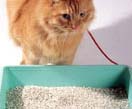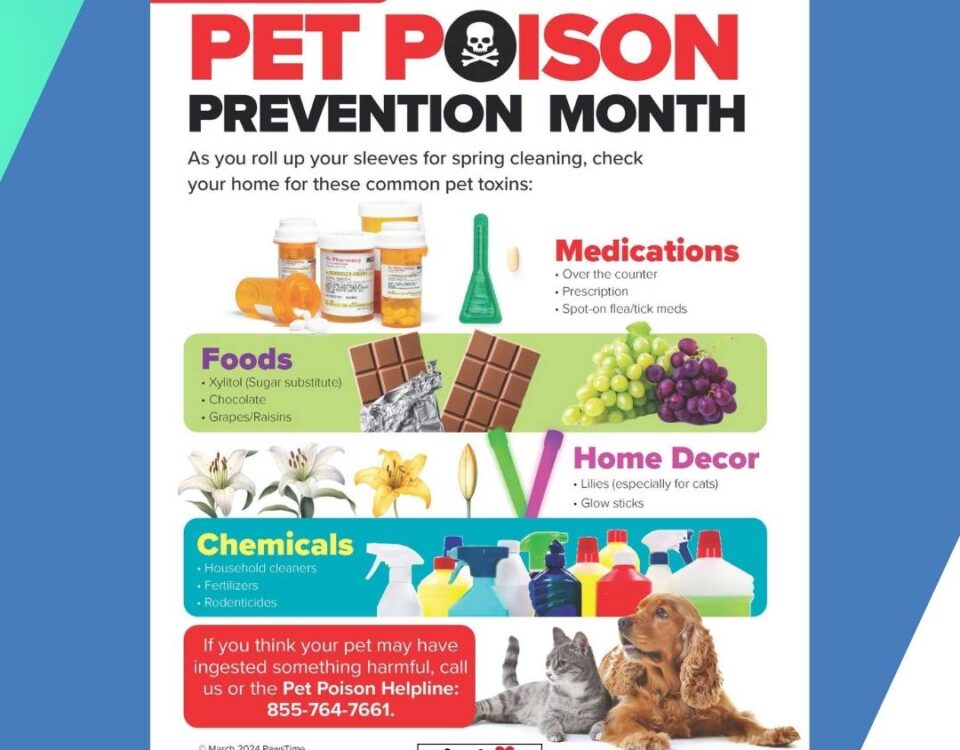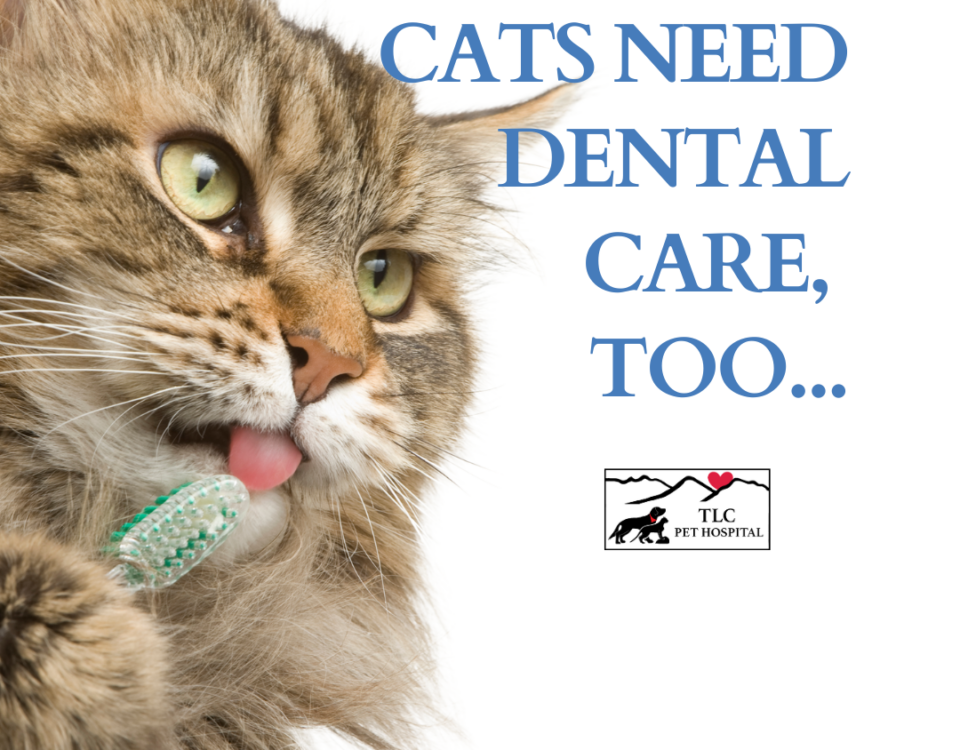Are You Allergic to Your Pet
June 16, 2015Water Safety
August 4, 2015What to choose when cat litter is on your shopping list
Your new cat is coming home from the animal shelter tomorrow. Busily you shop, checking off the items on your list, including cat food, toys, a scratching post and myriad other goodies.
And at the very top of the list are litterbox necessities. You head to the nearest pet supply superstore, and are faced with row after row of “all things litter.” Pastel-colored clumping litter, good old clay litter, some that’s made from pine and some that’s made from newspaper…What to choose, what to choose? Whether you are an experienced owner or a novice, the multitude of choices could prove daunting. But this was not always the case.
 Pay Dirt
Pay Dirt
Prior to World War II, most cats lived indoor/outdoor lives and their toileting areas were neighborhood backyards and gardens. For indoor needs, some families kept boxes of sand or ashes from the furnace for their cat’s use in the cellar. Housewives of the 1940s were none too enamored with cats tracking ashes or sand through their homes. So an ex-sailor named Ed Lowe suggested that his neighbor try absorbent clay, which was a popular product for cleaning up industrial spills in wartime factories and happened to be made by his father’s firm. Kitty Litter was born.
Granulated clay litter offered improved odor control over ashes or sand by siphoning urine to the bottom of the pan and controlling ammonia smells until the litter reached a saturation point—usually within a week in a box used by a single cat. Today, most folks either scoop solids daily and completely replace the litter once a week, or use less litter in the box and dump and clean daily. The granules of traditional litter are fairly large and do not tend to cling to a cat’s paws, so there is little tracking of litter outside the box.
To Clump or Not to Clump
Granulated clay litters remained unchallenged for nearly 40 years, with little change or refinement until Thomas Nelson, Ph.D., needed a way to supplement his income while in graduate school. The biochemist began to raise Persian cats, and ended up developing clumping litter. Quoted in an October 1996 article in Cat Fancy magazine, Dr. Nelson explains, “I hunted around and found clays that were dried but not baked. They were very absorbent and would form a clump when the cat urinated on them. The clump could then be removed, thereby getting rid of the urine. I had a box of litter I did not change in 10 years—I just added more—and it had absolutely no odor at all.”
The removal of almost all urine and feces does produce a better-smelling box area for weeks at a time without completely throwing out the old litter and starting from scratch. But we should point out that if more than one cat uses the box, there is usually a fairly pronounced odor in 4 to 6 weeks, even with scooping and litter replacement. It is necessary to replace the approximate amount scooped out with fresh clumping litter, for if it is allowed to go below a certain volume, urine will tend to pool and cake in corners and odors will arise.
The variety of clumping litters offers several options beyond the traditional scented and non-scented choices found with most granulated litters. Most cats prefer non-scented litter, an especially important point for owners who plan to use covered litter boxes. There are multi-cat formulas that form more cement-like clumps that will keep their form even when tread on by extra cat traffic; these are definitely not flushable! There are also less-tracking formulas, which offer slightly larger granules that are more likely to fall off of the cat’s paws before he leaves the box. And there are clumping litters developed especially for flushability, a quality most clumping litters don’t have due to their expansive properties. Each year the list of varieties grows.
A few years after clumping litter first came out, an article in the now-defunct holistic cat magazineTiger Tribe questioned the safety of clumping litter if ingested, especially for neonate kittens who often eat litter when it is introduced to them during the weaning stage. While there has been no proof to claims of problems in scientific literature, caretakers may wish to delay introducing kittens to clumping litter until 3 to 4 months of age. Any cat older than that detected eating litter should be taken to a veterinarian, since this behavior often indicates anemia or other dietary deficiencies.
Scoopable cat litter continues to be a hot topic on the Internet, with some claiming that it is toxic and causes respiratory illness in cats. Many scoopable cat litters contain bentonite clay, a naturally occurring clay mineral that is considered to be biologically inert when ingested, and/or silica. Silica is also a physically and chemically inert substance, and is a major component found in ordinary sand. Silica is also used as a moisture-absorbing agent in the little packets found in shoe boxes, medications and some foods. According to our experts at the ASPCA Animal Poison Control Center, pets ingesting small amounts of silica gel may develop only mild gastrointestinal upset, if any signs develop at all.
Cats may ingest small amounts of litter when grooming themselves after using the litter box, and these amounts pass through the digestive tract easily without problems. However, if an animal consumes a very large amount of litter (as can happen when a dog “cleans out” the litter box), gastrointestinal upset, constipation or, in rare cases, intestinal obstruction could potentially occur.
 Alt.Litter
Alt.Litter
The field of cat litter doesn’t end at granulated vs. clumping clay. The shelves at local pet supply emporia also hold an array of litters made from eco-friendly materials, including recycled newspaper, corn cobs, peanut shell meal, processed orange peel, wheat, pine sawdust and shavings, and hardwood and cedar chips. All promise to be superior odor controllers, long lasting and earth-friendly. What to choose, what to choose…?
In 1990, Dr. Peter Borchelt, an applied animal behaviorist, ran three 10-day tests to determine feline litter preference using a comparison of 14 types of commercial litter as well as topsoil mixed with clay litter and playbox sand. Each cat had 6 boxes to choose from; midway through the testing, the boxes were moved to prevent placement preference from overriding litter type preference. In test after test, fine-grained clumping litter was used more than twice as often as its nearest competitor, with boxes of wood chips, grain litter and recycled paper litter going completely unused. Borchelt concludes, “These data support the clinical observation that an important factor in cats’ preference for litter material is its texture, granularity or coarseness. Everclean, a finely textured clay, was preferred to clay with larger particle sizes. But playbox sand, which is also finely textured, was not preferred much more than coarse clay, perhaps because of the weight of the particles.”
What to choose? You control the purse strings, but the ultimate choice is up to your feline friend. For if he does not like the smell and feel of the litter, he will take his business elsewhere.
Did You Know?
Many scoopable cat litters are processed in such a way to remove as much of the fine dust as possible. If you find that you or your cat is particularly sensitive to airborne dust particles, you may wish to consider using an alternate form of litter.
Lapsed Users
One in every 10 cats will have a litterbox lapse in his or her lifetime. The 20 most common reasons are:
- The cat is suffering from a medical problem involving the urinary tract.
- The cat experiences a bout of geriatric constipation.
- The caretaker does not keep the box as clean as the cat wants it to be.
- The owner changes the brand or type of litter.
- The owner changes the location of the litterbox.
- The owner switches to deodorized or perfumed litter.
- The owner buys a new box and throws out the old one.
- The owner cleans the litterbox with too harsh a cleaning product.
- The location of the litterbox is too busy or not private enough for the cat.
- The home is too large for just one litterbox.
- The cat inadvertently gets locked out of reach of the litterbox.
- The cat is kept from using the litterbox by another animal in the house.
- There are too many cats and not enough litterboxes.
- There are too many cats and not enough territory.
- Stray cats can be seen/smelled near the cat’s territory.
- The unneutered male cat has come of age and is marking his territory.
- The unspayed female is in heat and advertising for suitors.
- Over time, the cat has developed an aversion to the texture of the litter.
- The cat was never properly trained to use the litterbox in the first place.
- The cat is stressed by a change in routine or environment, including a new baby, new furniture, work schedule changes, vacations, overnight guests or a move.



